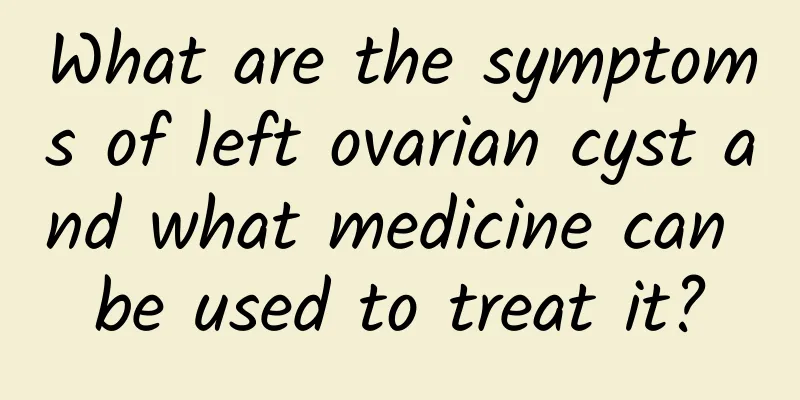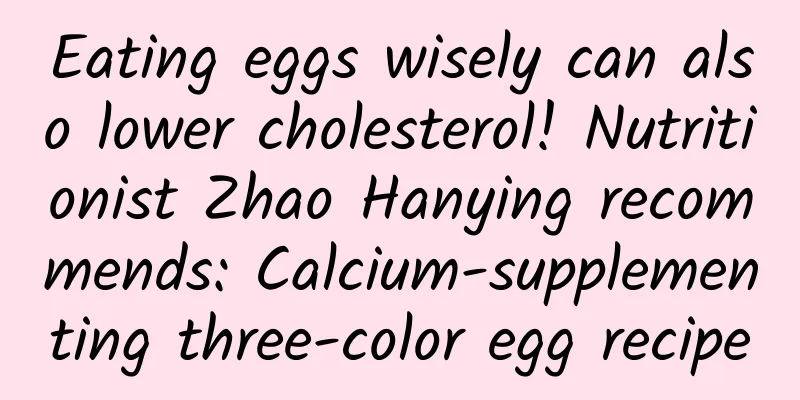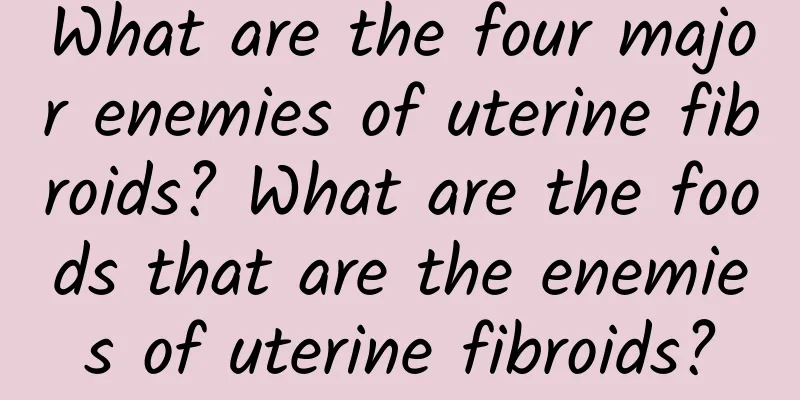What are the symptoms of left ovarian cyst and what medicine can be used to treat it?

|
Ovarian cysts, also known as ovarian tumors, are one of the common tumors of the female reproductive organs. The incidence of ovarian cancer has been rising in recent years. So, what are the symptoms of left ovarian cysts? What medicine can treat it? The food symptoms of ovarian cysts are generally as follows: 1. Discomfort in the lower abdomen It is the initial symptom before the patient feels a lower abdominal mass. Due to the weight of the tumor itself and the influence of intestinal peristalsis and changes in body position, the tumor moves in the pelvic cavity, involving its pedicle and pelvic infundibulum ligament, causing the patient to have a feeling of fullness and falling in the lower abdomen or iliac fossa. 2. Increased abdominal circumference and abdominal mass It is the most common phenomenon in the main complaint. The patient finds that his clothes or belt seem tight and small, and then notices the enlargement of the abdomen, or feels it accidentally in the morning, so he presses his abdomen and finds a tumor in the abdomen, coupled with abdominal distension and discomfort. There are several other medications that can treat ovarian cysts: Xiaojie'an Capsule can promote blood circulation and dissipate blood stasis, soften and disperse nodules. It is used for breast lumps caused by qi stagnation and blood stasis, breast lobular hyperplasia, ovarian cysts, and uterine fibroids with the above symptoms. Hongjin Xiaojie Concentrated Pills can soothe the liver and regulate qi, soften and disperse nodules, promote blood circulation and remove blood stasis, reduce swelling and relieve pain. It is commonly used for breast lobular hyperplasia, uterine fibroids, and ovarian cysts caused by qi stagnation and blood stasis. Guizhi Fuling Capsule is a compound preparation made from five traditional Chinese medicines: cinnamon twig, tuckahoe, peony bark, peach kernel, and peony root. It is suitable for endometriosis, chronic pelvic inflammatory disease, uterine fibroids, dysmenorrhea, amenorrhea, ovarian cysts, breast hyperplasia, prostate hyperplasia, urology, breast surgery, and obstetrics and gynecology. |
<<: Are the systemic symptoms of pelvic effusion obvious?
>>: Can Chinese medicine be used for treatment after painless abortion?
Recommend
Obesity and cancer! 80-year-old woman gets two birds with one stone surgery and is reborn
Obesity is the root of all diseases and is one of...
Popular popcorn with high calories Homemade low-calorie popcorn
Garett Popcorn, a well-known popcorn from Chicago...
What should patients with dysmenorrhea pay attention to?
What are the precautions for dysmenorrhea? During...
Is it better to eat yogurt before or after meals? Nutritionist Joyce Cheng: Two key points to choosing yogurt to reduce burden
Yogurt is rich in probiotics, high-quality protei...
Emergency contraceptive pills may cause ectopic pregnancy
Many women seem to think that taking emergency co...
Look carefully! Only two Clenbuterol testing laboratories have obtained international certification
Are private clenbuterol testing laboratories trus...
The main causes of threatened miscarriage
Abortion is not unfamiliar to many women. It is a...
Is it normal to have less menstrual flow after miscarriage?
Menstruation generally refers to menstruation. Af...
What is the cause of cervical warts
Everyone finds sexually transmitted diseases very...
What are the symptoms of intrauterine adhesions after cesarean section?
Intrauterine adhesions after a cesarean section m...
What vegetables to eat to eliminate nodules in uterine fibroids? What vegetables to eat to help fibroids?
Uterine fibroids are a common benign tumor in wom...
Ovarian cysts may be caused by environmental factors
Ovarian cysts may be caused by environmental fact...
What is the cause of Bartholinitis?
Bartholinitis is a common disease, especially in ...
Patients with uterine fibroids need to pay attention to 3 aspects of care after surgery
Some patients with more serious uterine fibroids ...
Women with cervical erosion should not blindly use medication
Cervical erosion is common in daily life, but mos...









